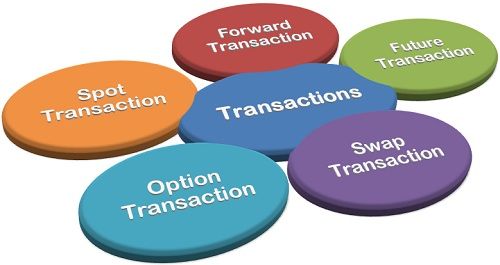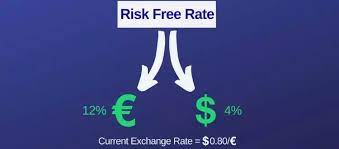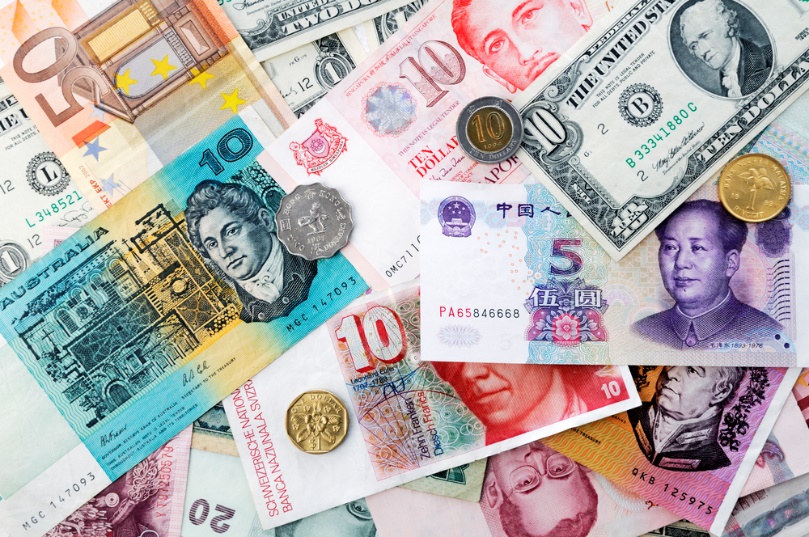
The foreign exchange market which are also known as forex, FX, or the currencies market is an over the counter (OTC) global marketplace. An over the counter (OTC) market is a decentralized market in which participants such as broker, dealer trade currencies, or other instruments without a central exchange. While going on a trip abroad, one needs to have the currency of that country. For example, if you are traveling to Philippine, you need to carry Philippine Peso which is their currency, if you are travelling to New Zealand, you need to carry New Zealand Dollar.
Participants in FX can buy, sell, exchange, and speculate on the relative exchange rates of various currency pairs. A currency pair is the quotation of two different currencies, with the value of one currency being quoted against the other.
Foreign exchange markets are made up of banks, Forex dealers, commercial companies, central banks, investment management firms, hedge funds, retail forex dealers, and investors.
Due to the absence of Security Exchange Board of India regulation, forex trading is illegal in India. Indian citizens are prohibited from trading in foreign currencies by RBI. It is challenging to control and regulate currency trading in India, but Hawala trading takes place every day on a large scale. Hawala is an informal method of transferring money without any physical money moving. It is described as a money transfer without money movement, without any paperwork, questioning or responsibility. It works purely on trust.
Let’s look at different types of foreign exchange markets:
1. The Spot Market
In the spot market, transactions involving currency pairs take place. A currency pair is the quotation of the relative value of a currency unit against the unit of another currency in the foreign exchange market. For example, if the quoted exchange rate for EUR/USD was $1.2456, then that is the spot rate. This happens impeccably and quickly. The transactions require instant payment at the prevailing exchange rate. A spot rate is the current price at which a particular currency can be purchased. The traders in the spot market are not subjected to the uncertainty of the market, which leads to an increased or decreased price between the buyer and seller settlement. The spot market consists of banks, forex dealers, commercial companies, central banks, investment management firms, hedge funds, retail forex dealers, and investors.

2. Futures Market
The transactions in the futures market require future payment and distribution at an earlier agreed upon exchange rate which is known as the future rate. The transaction or agreement is more formal in nature which ensures that the terms of the transaction are set permanently which cannot be altered. Traders who conduct most of the transactions enjoy a consistent return on the assets. Regular traders prefer a future market transaction. Currency futures are an exchange-traded futures-contract that specify the price in one currency at which another currency can be bought or sold at a future date. Futures are done on an exchange, which is a party to the transaction. Currency futures contracts are legal binding and fellow parties who hold the contracts must deliver the currency amount on the specified delivery date. Another point to note is currency futures can be used to hedge (protect) volatility on price movements in currencies.
One party will agree to buy a certain amount of another currency at a set price at a specified time in the future. US dollars to euro futures are a popular futures contract and are a good example.
The first currency futures contract was created at the Chicago Mercantile Exchange (CME) in 1972 and it is the largest market for currency futures in the world today.
Currency futures contracts take place daily. This means traders are responsible for having enough capital in their account to cover the margins and losses which result after taking the position.
3. Forward Market

The third type of foreign exchange market is the forward market where deals are like future market transactions. In this case, the parties will negotiate the terms of the transactions and the terms agreed-upon can be negotiated and altered as per the needs of the concerned parties. The forward market has higher flexibility as compared to the futures market. Forwards are executed between banks or between a bank and a customer. In the foreign exchange market, the forward price is derived from the interest rate differential between the two currencies, which is applied over the period from the transaction date to the settlement date of the contract.
Interbank forward foreign exchange markets are priced and executed as swaps. This means that currency A is purchased vs. currency B for delivery on the spot date at the spot rate in the market at the time the transaction is executed. At maturity, currency A is sold vs. currency B at the original spot rate plus or minus the forward points; this price is set when the swap is initiated.
The interbank market usually trades for straight dates, such as a week or a month from the spot date. Three- and six-month maturities are among the most common, while the market is less liquid beyond 12 months. Amounts are commonly $25 million or more and can range into the billions.
4. Swap Market
When there is a concurrent borrowing and lending of two types of currencies between two investors, it is known as a swap transaction. Here, one investor borrows a currency and in turn, pays in the form of a second currency to the second investor. The transaction is done to pay off their obligations without having to deal with a foreign exchange risk.
The purpose of investing in a currency swap is to procure loans in foreign currency at favourable interest rates than borrowing directly from foreign market. During the financial crisis in 2008, the Federal Reserve (Central Banking system of the United States) allowed several developing countries that faced liquidity problems the option of a currency swaps for borrowing purposes. In a transaction arranged by investment banking firm, Salomon Brothers, the World Bank entered the very first currency swap in 1981 with IBM. IBM swapped German Deutsche marks and Swiss francs to the World Bank for U.S. dollars.2
Foreign currency swaps can be arranged for loans with maturities as long as 10 years. Currency swaps differ from interest rate swaps in that they can also involve principal exchanges.
The SAARC (South Asian Association for Regional Cooperation) currency swap facility came into operation on 15th November 2012. The RBI can offer a swap arrangement within the overall corpus of USD 2 billion. The swap drawls can be made in US dollar, Euro, or Indian rupee. The framework provides certain concessions for swap drawals in Indian rupee.
In a foreign currency swap, each party to the agreement pays interest on the other’s loan principal amounts throughout the length of the agreement. When the swap is over, if principal amounts were exchanged, they are exchanged once more at the agreed upon rate (which would avoid transactional risk) or the spot rate.
5. Option Market
In the options market, the currency of exchange from one denomination to the other is agreed upon by the investor at a specific rate and on a specific date. The investor has a right to convert the currency on a future date but there is no obligation to do so.
Options traded in the forex marketplace differ from those in other markets in that they allow traders to trade without taking actual delivery of the asset. Forex options trade over the counter (OTC), and traders can choose prices and expiration dates which suit their hedging or profit strategy needs.
Conclusion
If you want to start forex trading, simply open to demat trading account and start investing. The transactions can be done in all conversions of currencies. Globalisation has increased in the number of foreign exchange transactions that are carried out each year. Foreign exchange transactions also include the conversion of currencies done at the airport kiosks or the payments made by government and financial institutions.
When price of a foreign currency falls, imports from that foreign country become cheaper. So, imports increase and hence, the demand for foreign currency rises.













































